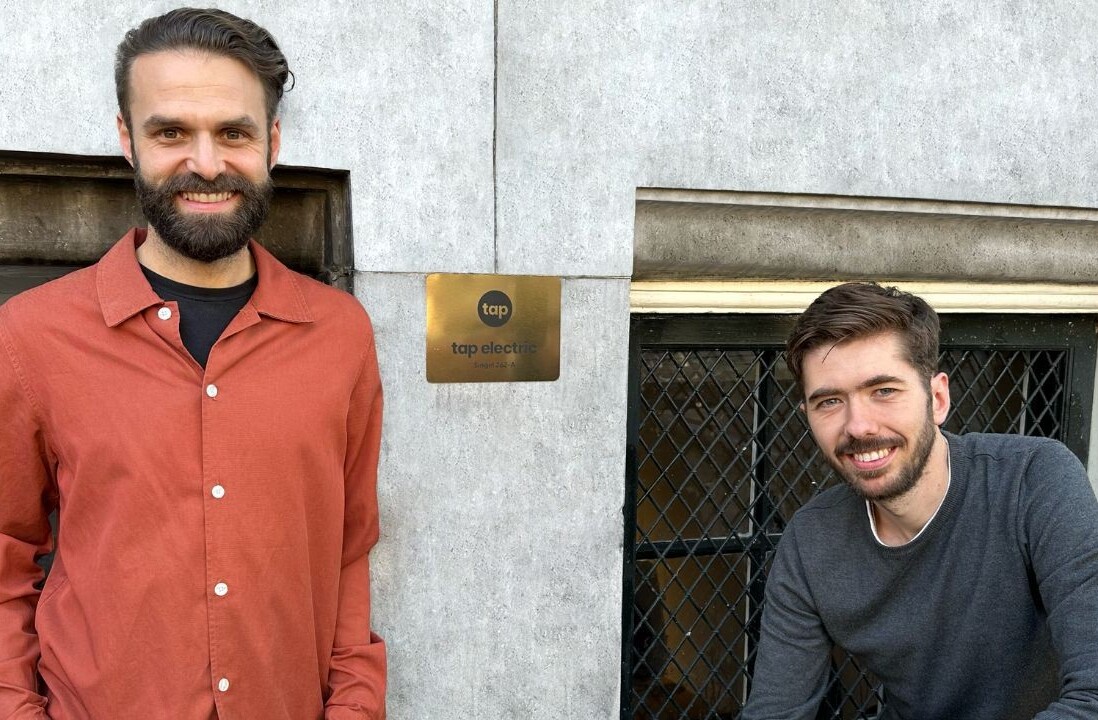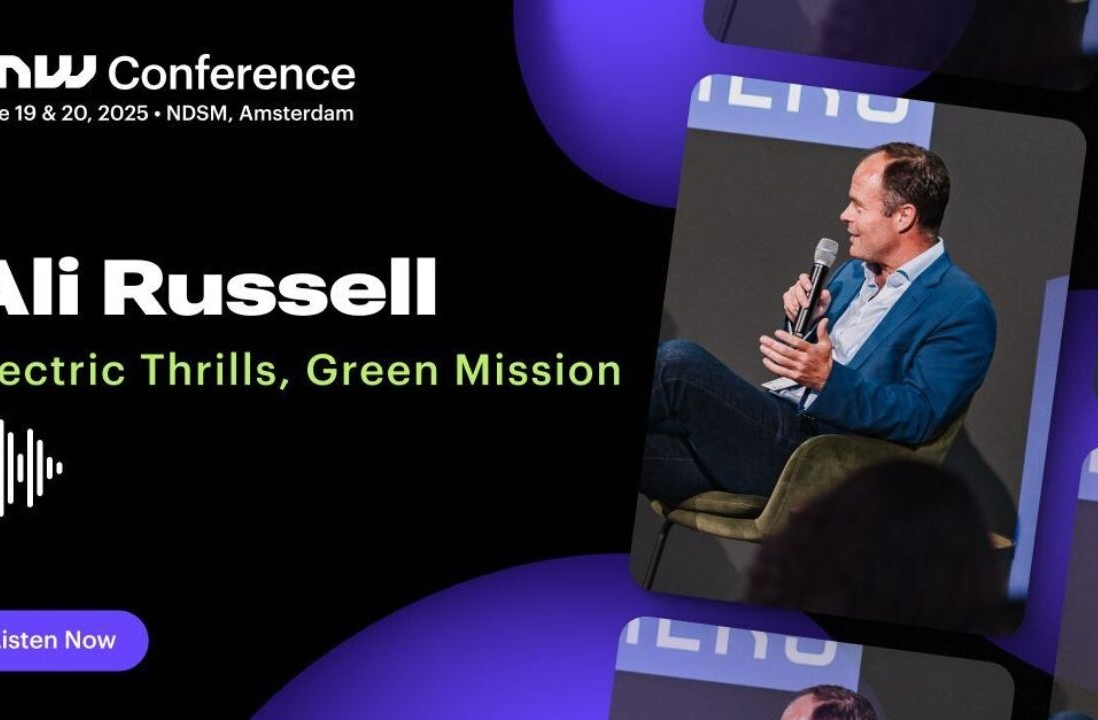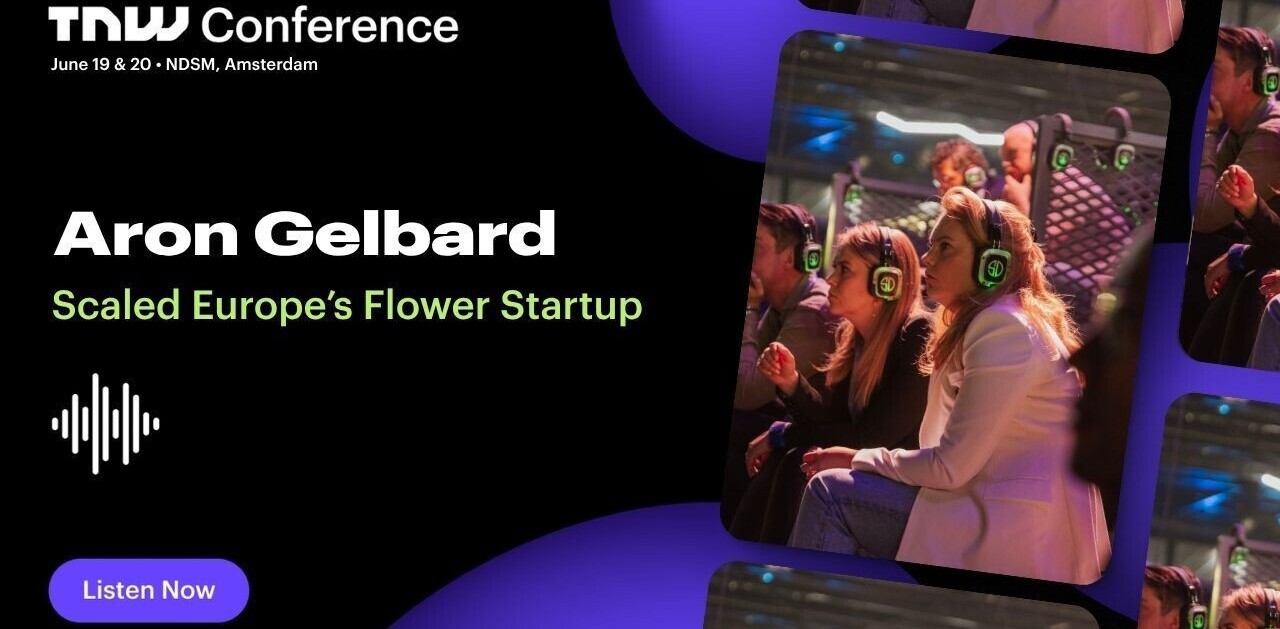When you’re thrust into power after only three years at a company and then successfully rebuild its business model, you learn a few things along the way. That’s exactly what Anjali Sud, the new CEO of Vimeo, experienced last summer. She shared her business tips with the audience at TNW Conference today.
Video-sharing platform Vimeo has gone through a massive upheaval, as it moved from creating its own content to becoming a SaaS technology company. Anjali was responsible for this vision of change. “I had the passion, and quite frankly, no one else was doing it,” she explained on stage.
“I went back to the roots of Vimeo from when it was founded in 2004. Everything starts with vision and values, and I wanted to focus on bringing that initial vision back to the company.”
Anjali is referring to creating a hub for artists to share and create their stories. Instead of producing its own content, Anjali wanted to provide the software for others to do so, from the initial planning to the final editing of a project. As Vimeo now enjoys growth at a rate it’s never experienced before, she shared her biggest tips with the audience.
One bit of advice was to just rip off the Band-Aid. “Easy in theory, and a bit harder in practice,” she explains. There’s never a ‘right’ moment to undergo a massive change, and Anjali said that it was extra challenging considering that she had only just become the CEO. As a new and rather young leader of a huge company, it’s probably a good idea to win over your employees. Anjali didn’t really do that:
“It comes down to doing the right thing. Don’t be afraid to do it, even if it’s unpopular. In my case, employees respected me more for it in the long run.”
Anjali also advises to rip off the Band-Aid soon, and in one fell swoop: “It may seem better to implement change slowly over time, but it’s not. If you do that, your employees have to constantly adjust, settle in, and then readjust.”
Another tip she shared is to “own your shortcomings, then fix them.” Anjali explains that Vimeo’s biggest competitor became its partner. Instead of remaining YouTube’s rival, her new vision for the company made it possible to embrace the fact that it simply can’t compete. As Vimeo became a platform to create as well as share, it became possible for creators to produce a video on Vimeo, and immediately share it to social media platforms, including YouTube.
As Anjali concluded her talk at TNW Conference, she left us with a simple message: “The future is video.” We can embrace it to see social change: Sud shared a video of a gun violence rally that a high school student in Cleveland live-streamed on Vimeo, which made a great impact on raising awareness. It’s just one example of how video can change the world.
Anjali Sud will be hosting an Answers session tomorrow afternoon. Want to ask her a question? Send one in.
Get the TNW newsletter
Get the most important tech news in your inbox each week.





